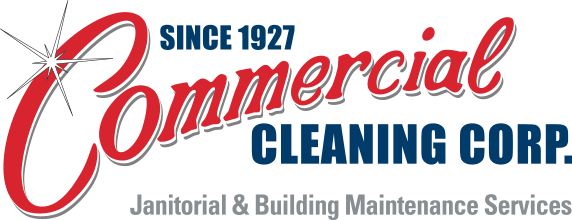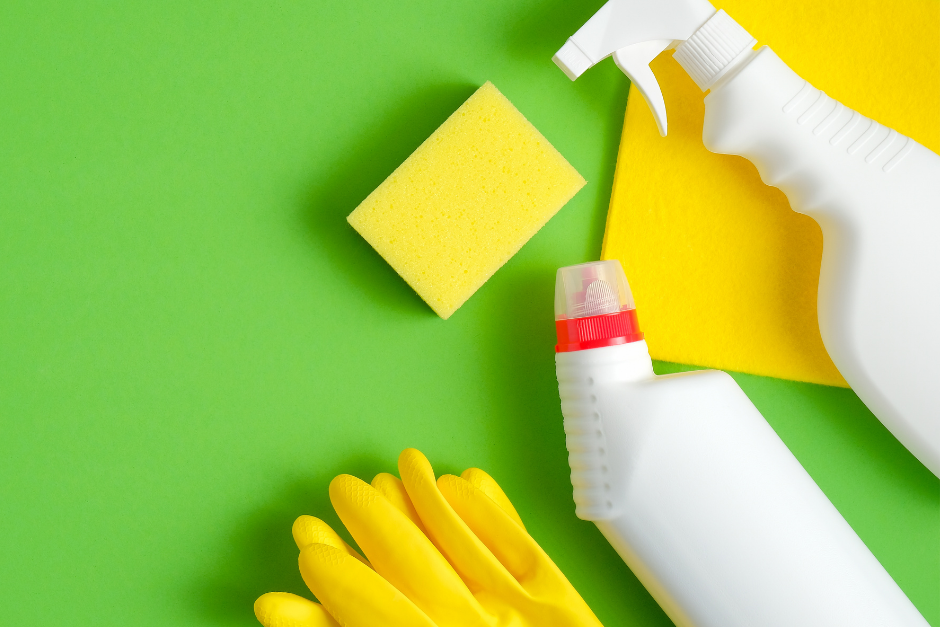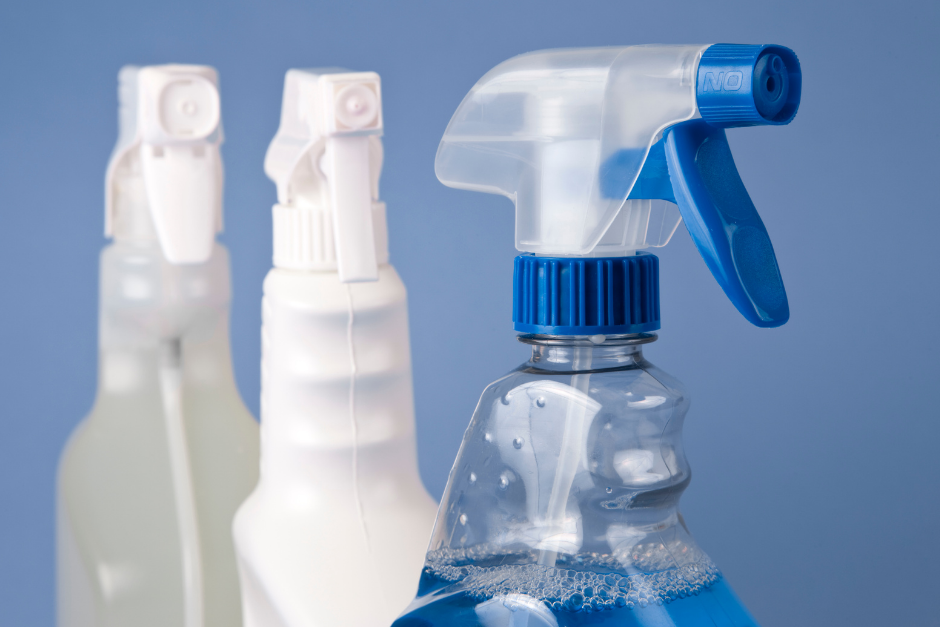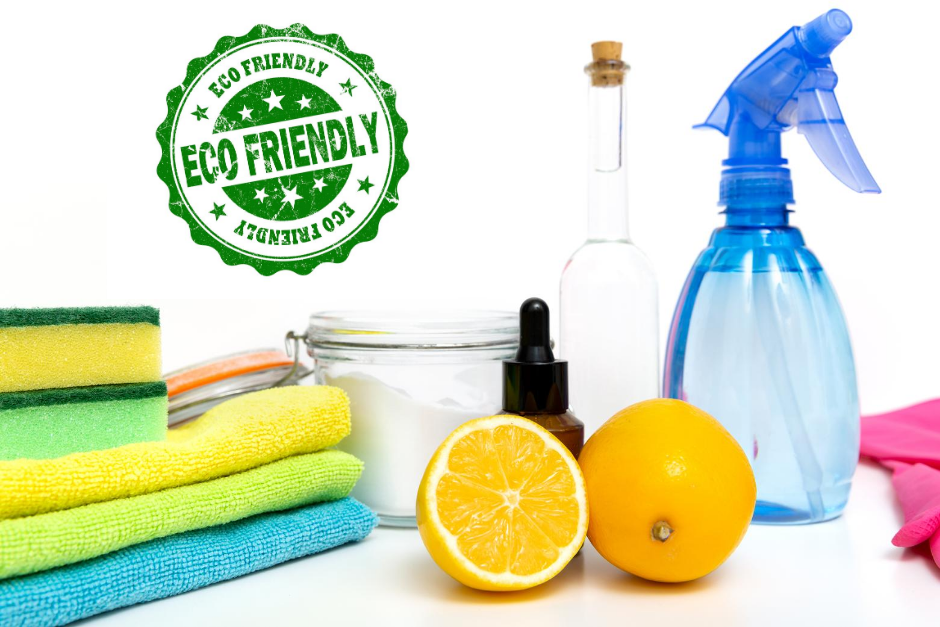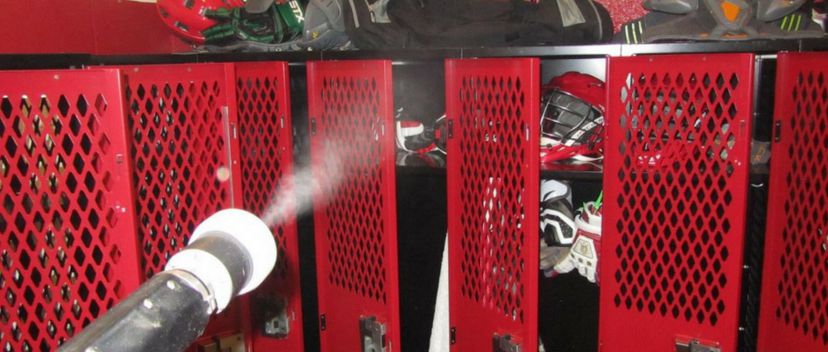When cleaning and disinfecting your facility, it is important to note that some products being used contain harsh chemical ingredients that negatively impact both your facility’s occupants and the environment. The act of going green has been rising in popularity due to increased interest in further reducing harm to a facility’s occupants and the environment.
Green cleaning, also known as environmentally or eco-friendly cleaning, is a great way to keep your facility and its occupants healthy and safe. Commercial Cleaning Corporation is proud to implement green cleaning into our services to ensure the health and safety of our clients and their facilities.
We encourage you to continue reading our blog post to learn about the benefits that come with green cleaning. Read more “The Benefits of Green Eco Cleaning”
